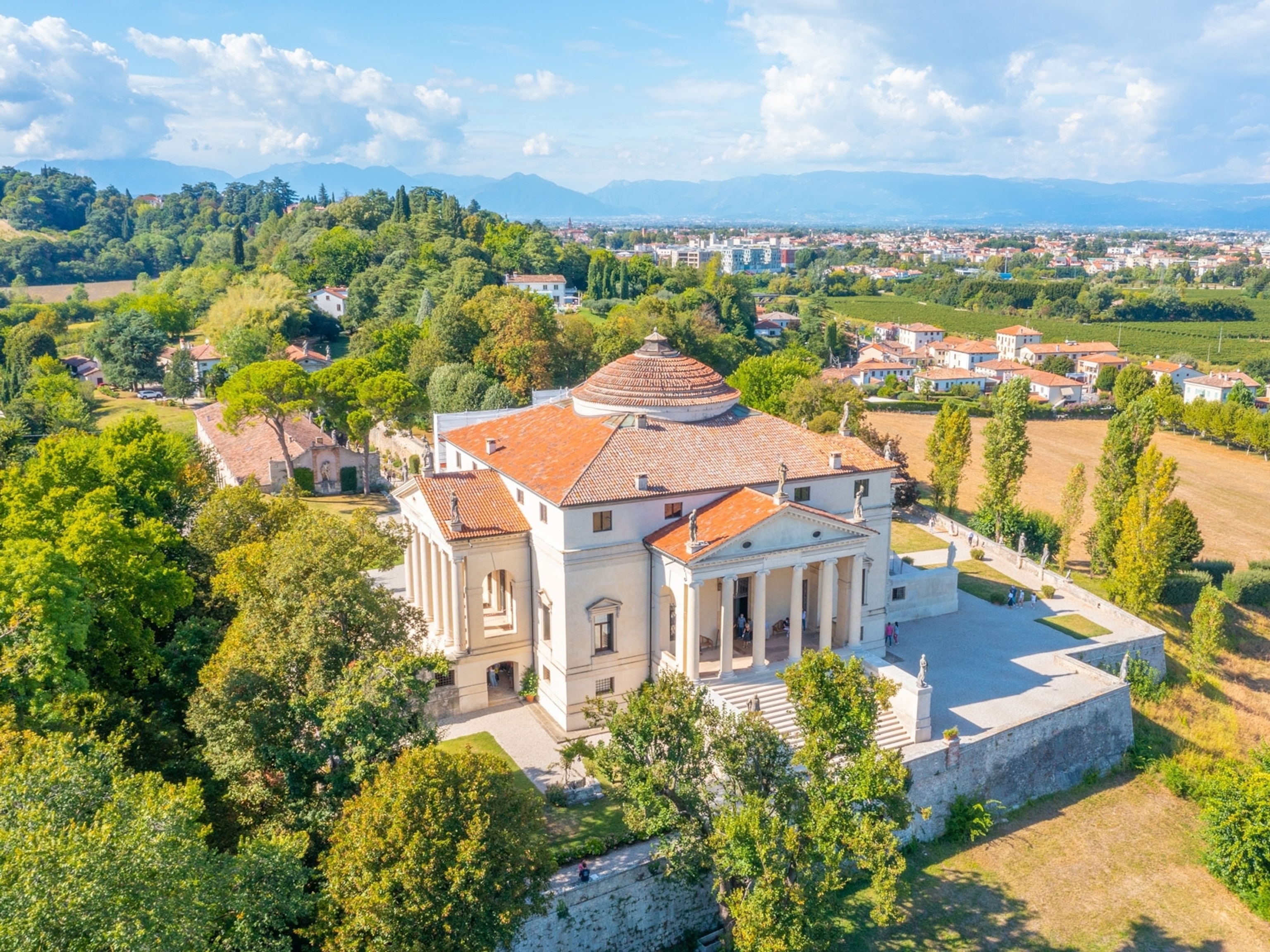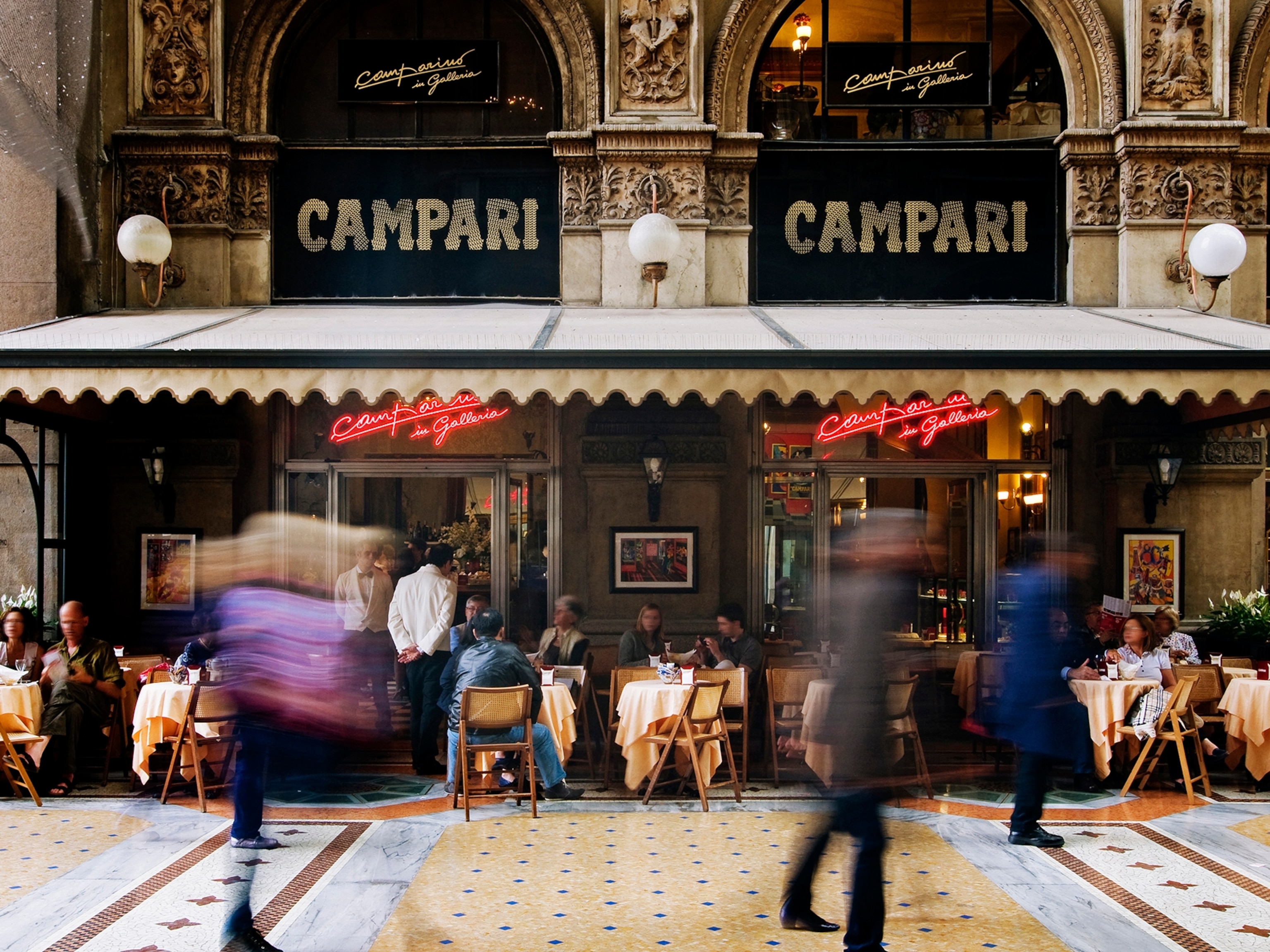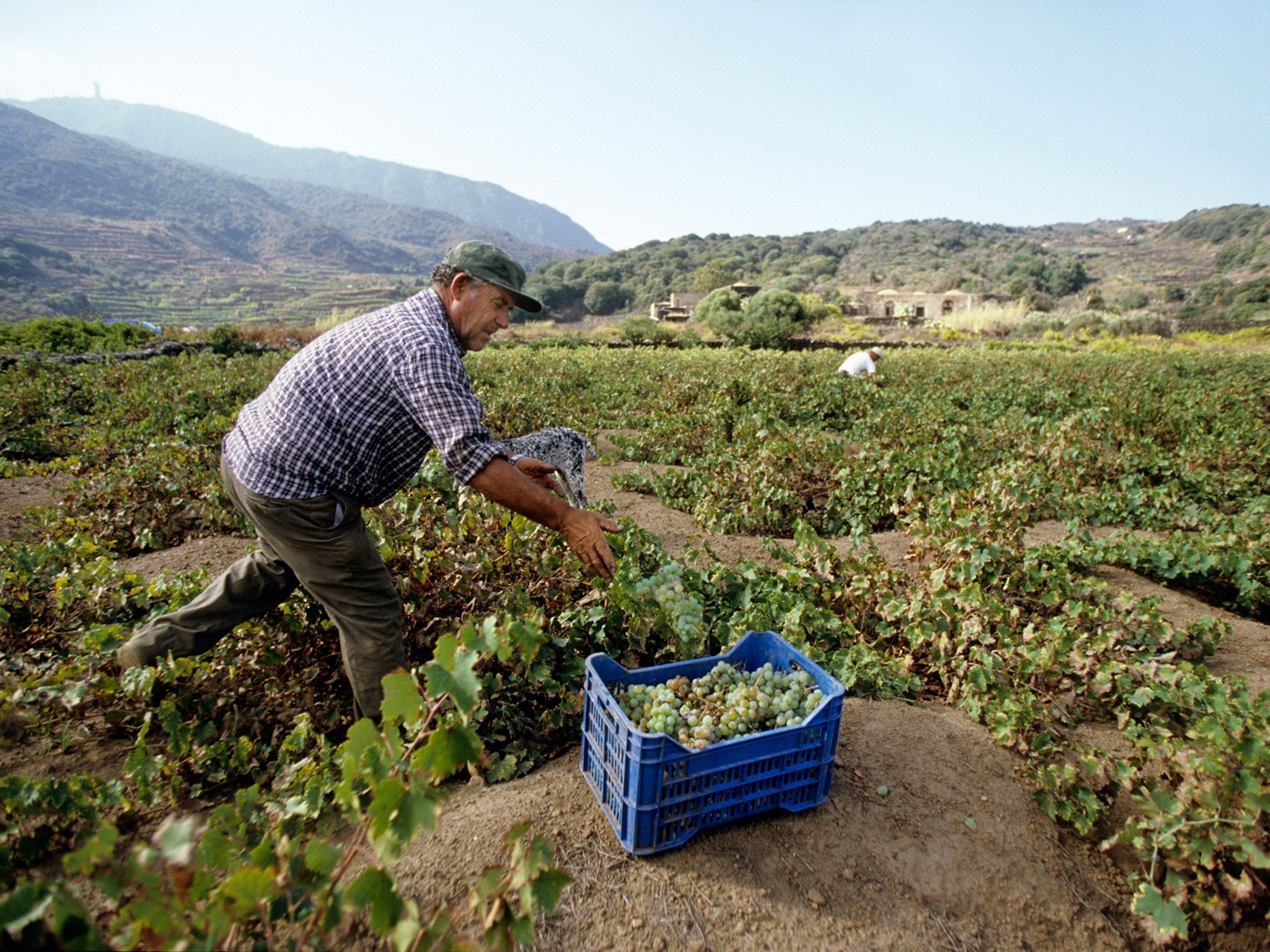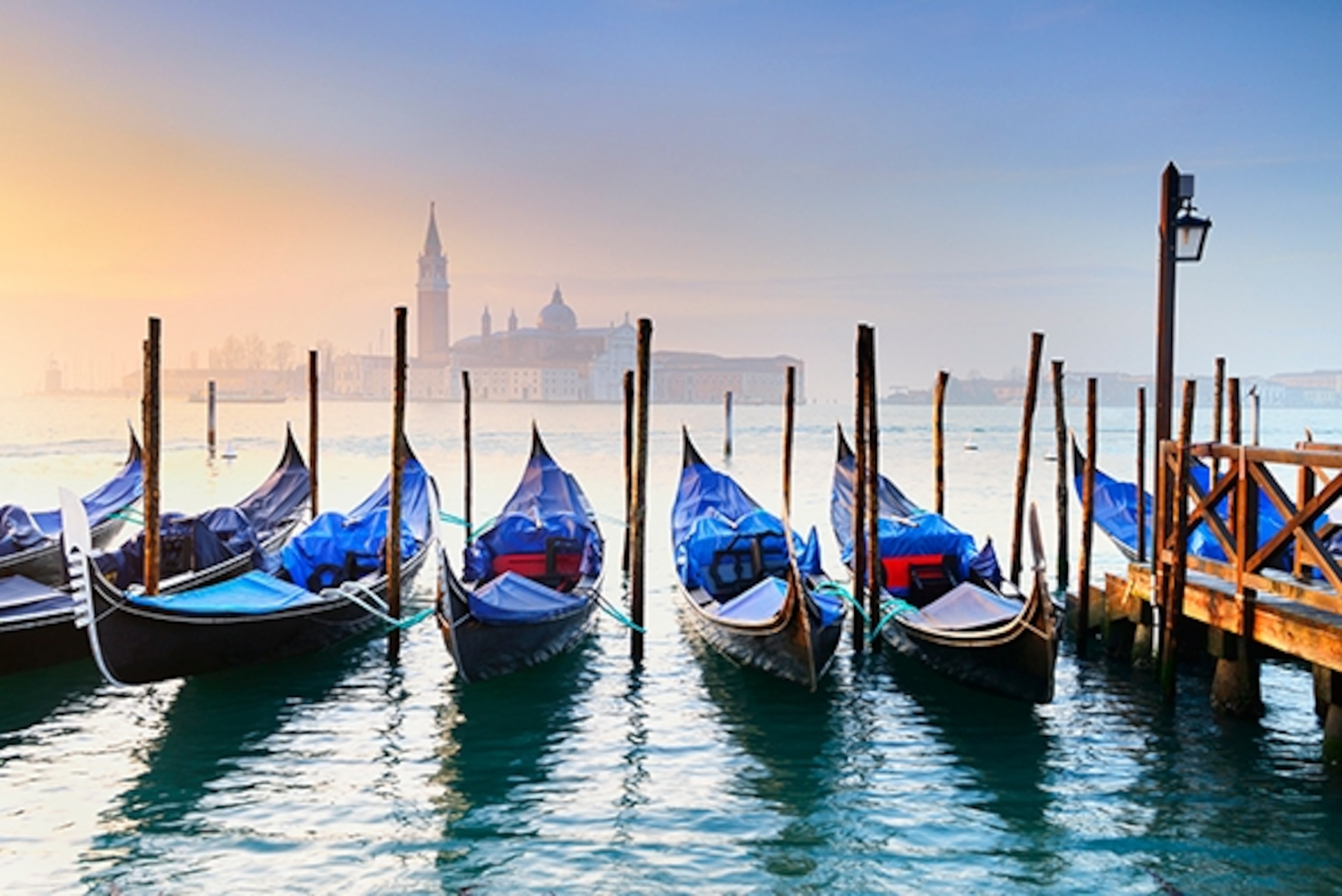
Made in Italy: Venice
“This story of Italian artisans is one of valuables and values” writes Isabella Brega, author of the following article adapted from Traveler‘s Italian edition, Touring. The hallmarks of this artisanal tradition—creativity, innovation, craftsmanship—go back at least 3,000 years, to when Etruscans fashioned extraordinary works with bronze and Romans excelled in mosaics and glass.
Now travelers keen to avoid mass-produced generica can embrace a creative culture that puts a premium on the handmade, the painstakingly rendered, the movingly authentic. And with that they get a sense of the real, enduring Italy. “Made in Italy means products crafted with soul,” says Franco Cologni, former chairman of Cartier International and founder of Milan’s Creative Academy.
Pause to chat with a ceramicist in her workshop or a glassblower by his furnace, and you have a window into a place’s daily rhythms, its cultural history, its animating principle. Come away with an artifact custom-made for you, and that moment lives on long after you’ve resumed life back home.
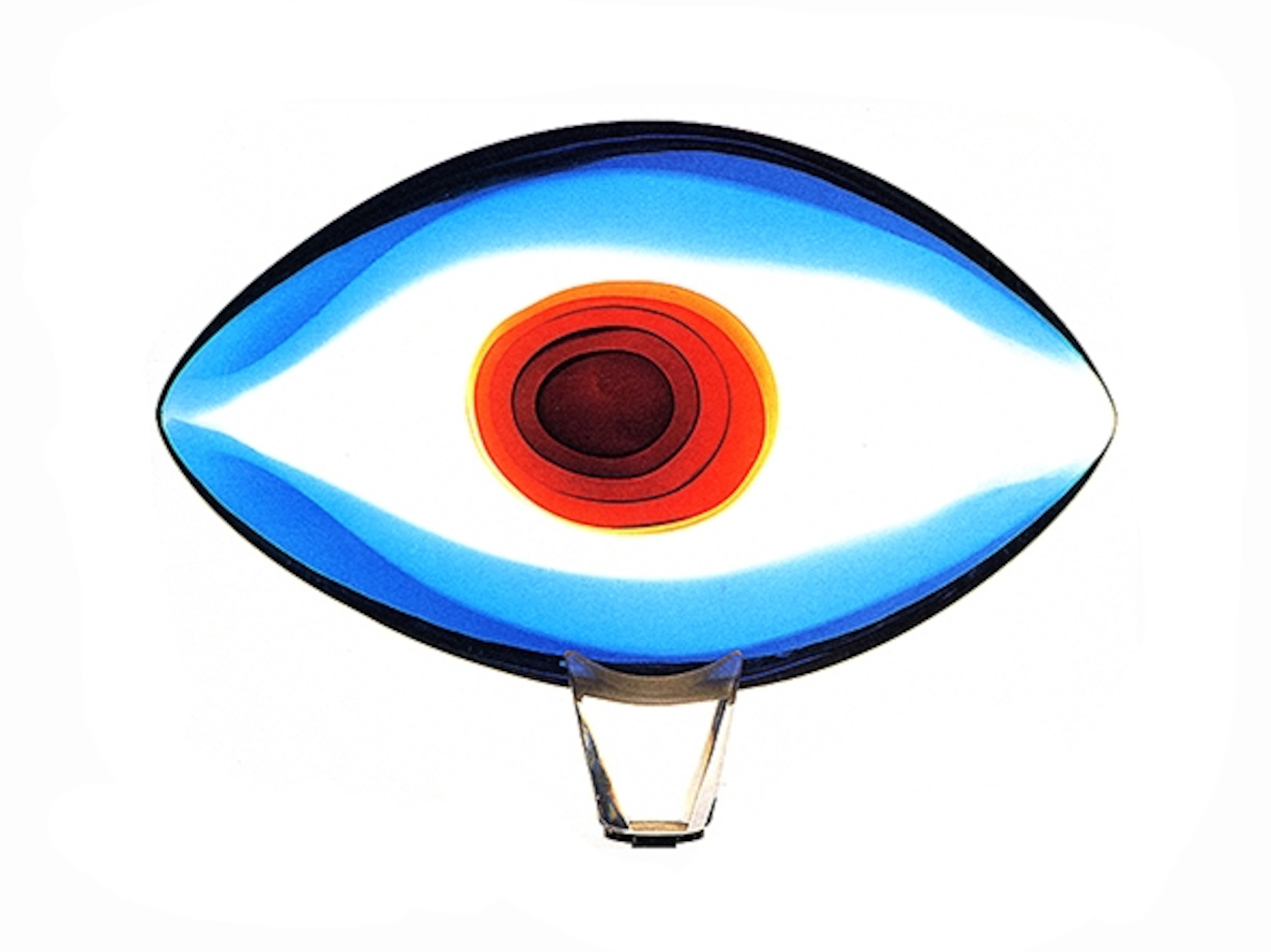
Venice, or going by its more melodic moniker, La Serenissima, has always produced extraordinary lace, carnival masks, and, most notably, art glass. Glass masters, or maestri vetrai, a title once equivalent to nobility in the City of Water, have included such luminaries as Angelo Barovier, Pietro Bigaglia, and Archimede Seguso. Today’s maestro of Venetian glass is Pino Signoretto.
Working on the tiny Venetian island of Murano—where the city’s wood-fired glass factories were relocated in 1291 to lessen the risk of a fire in Venice itself—Signoretto is the latest in a long line of locals who brought the art of fine Venetian glass to the world. Born near Venice in 1944, he began working at the age of ten in a chandelier factory. At 16 he was a glass master and, by 1978, he had opened his own studio on Murano.
More than a master glassblower, Signoretto is an artist of glass, with a style very much his own. His pieces range from the whimsical—a red octopus, a colorful clown astride a milky crescent moon—to the monumental. Collaborations have included commissions for the likes of artist Salvador Dalí. Among his masterworks is a slender horse nine feet high that required more than a ton of blown glass.
“Glass,” Signoretto says, “is just like a woman. When you think you have understood something about her, you haven’t understood a thing.”
> Pino Signoretto (Fondamenta Serenella 3) is open Monday-Friday (by appointment) from 8 a.m.-12 p.m. and from 1-4 p.m. Fair warning: Prices begin at $1,350 and go beyond $100,000.
More authentic buys in Venice:
> Arras Tessuti (Campiello dei Squelini 3235)
A “laboratory” for fabrics, Arras is known for its hand-dyed and woven scarves, jackets, and bags for women.
> Papiermache (Calle Lunga Santa Maria Formosa)
A classic Venetian souvenir—the Carnevale mask—gets a redo at Papiermache, where Stefano and Eliana Manuela Gottardo create art.
- National Geographic Expeditions
> Paolo Olbi (San Marco 3653)
There is no sign of high tech at this venerable bookbinder, where paper and leather become diaries, and more.
This piece was written by Isabella Brega, the executive editor of Traveler’s Italian partner magazine, Touring.

